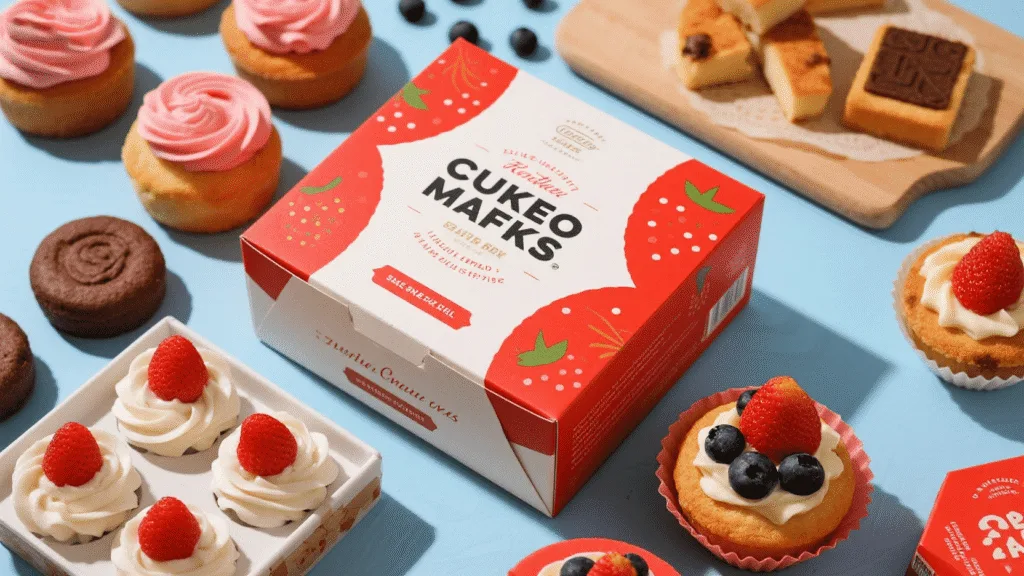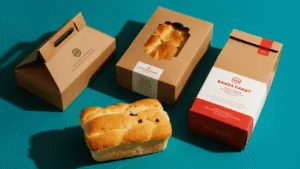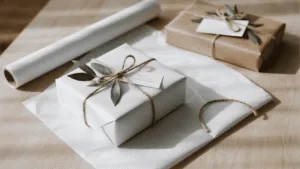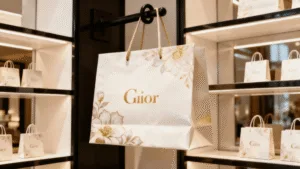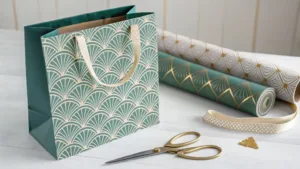Your beautiful cakes and pastries are ruined by ugly grease stains on the box. The packaging gets soggy and weak, damaging your product and making your brand look unprofessional and cheap.
Choosing the right food-safe coating creates a crucial barrier against grease and moisture. The best option—from PE and PLA to aqueous coatings—depends on your product’s needs, regulatory compliance, and your brand’s commitment to sustainability and recycling.
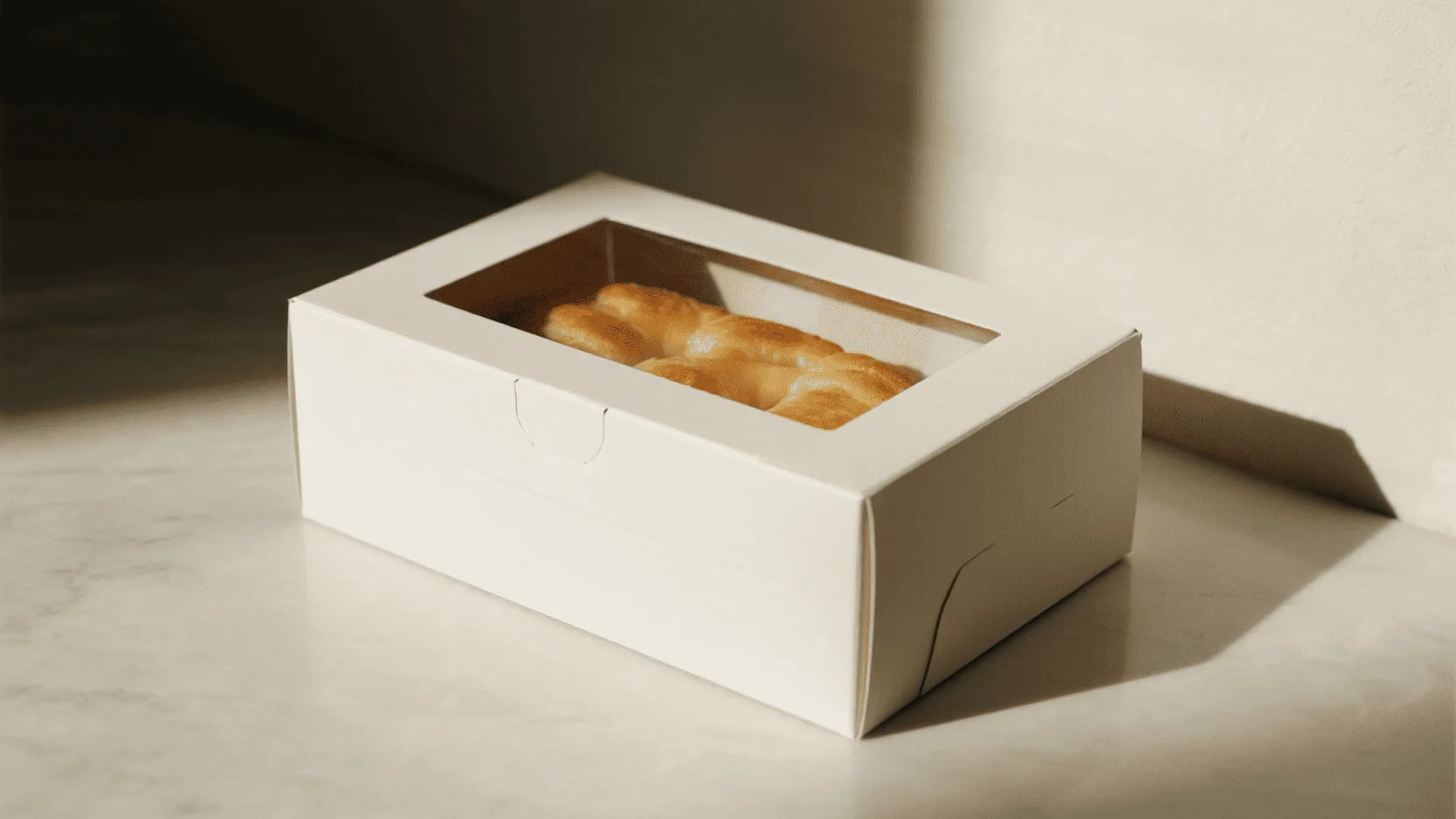
I’ll never forget a meeting with a new client who ran a small but popular bakery. She brought in one of her boxes. It held a lemon tart, and the bottom of the box was dark with grease spots, almost translucent. "This is my nightmare," she said. "Customers think the box is dirty or old." She was using a standard, uncoated paperboard box to save money, but it was costing her reputation. Her product was premium, but her packaging screamed discount. This single experience highlighted a fundamental truth for me: for food businesses, the box isn’t just a container; it’s part of the product. The right coating would have kept that box pristine, preserving the quality and delight of the customer experience from her shelf to their kitchen table.
What Barrier Coatings Actually Protect Your Baked Goods?
You think a paper box is just a paper box. But when your customers receive a product in a weak, grease-stained container, it reflects poorly on your brand’s quality and attention to detail.
The right barrier coating is the invisible shield for your baked goods. Common options like Polyethylene (PE), Polylactic Acid (PLA), and newer aqueous coatings each offer unique levels of grease and moisture resistance to keep your packaging strong and clean.
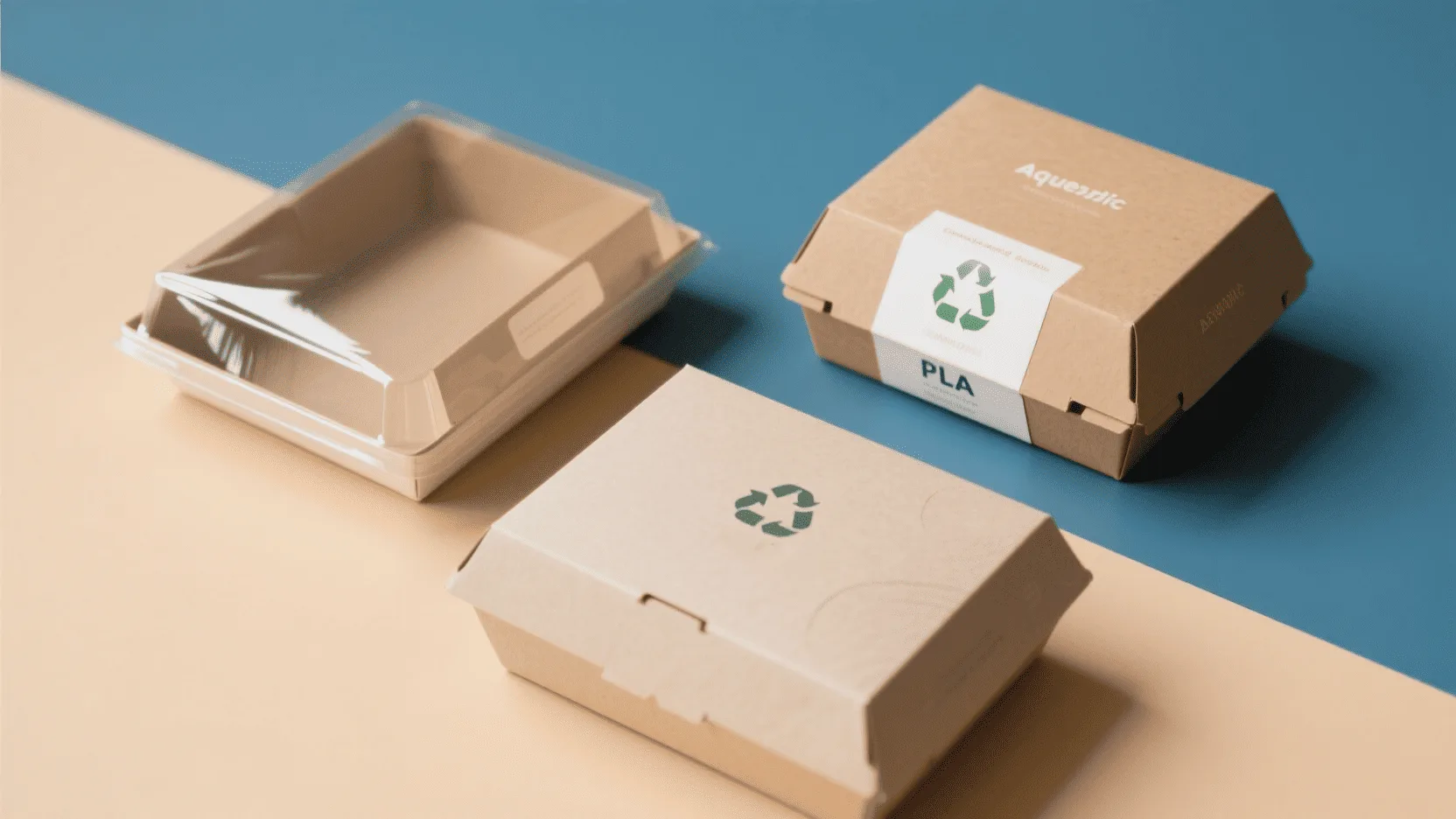
In my decade of experience, I’ve seen how the science behind these coatings directly impacts a business’s success. Your choice depends entirely on what you’re selling. For very greasy items like buttery croissants or fried donuts, a Polyethylene (PE) coating is the classic, heavy-duty barrier. It’s essentially a very thin layer of plastic bonded to the paper, making it impermeable to oil. However, it presents recycling challenges. For businesses focused on sustainability, Polylactic Acid (PLA) is a great alternative. It’s a bioplastic made from corn starch that offers good grease resistance and is commercially compostable. The fastest-growing trend I’m seeing is the demand for aqueous, or water-based, coatings. These are polymers dispersed in water that are applied to the paper and then dried. They offer excellent grease resistance and are designed to break down in the paper recycling process, making them a truly recyclable solution. The right choice is a balance between performance, cost, and your brand’s environmental promise.
Polyethylene (PE) Coatings
PE is the most common and cost-effective plastic coating. It creates a very strong barrier against both moisture and grease, making it ideal for frozen goods or particularly oily products. Its main drawback is environmental, as it makes the paperboard difficult to recycle in standard facilities.
Polylactic Acid (PLA) Coatings1
PLA is a plant-based bioplastic, making it a popular eco-conscious choice. It provides a good barrier against grease but is slightly less effective against moisture than PE. Its key benefit is that it’s commercially compostable, meaning it can break down in industrial composting facilities.
Aqueous (Water-Based) Coatings2
These coatings are the newest innovation in sustainable packaging. They are applied like a water-based paint and dry to form a repellent barrier. They offer tunable levels of grease resistance and are specifically engineered to not interfere with the paper recycling stream, making them a top choice for brands prioritizing recyclability.
| Coating Type | Grease Resistance | Moisture Barrier | Recyclability | Cost |
|---|---|---|---|---|
| Polyethylene (PE) | Excellent | Excellent | Challenging | Low |
| Polylactic Acid (PLA) | Good | Moderate | Commercially Compostable | Medium |
| Aqueous | Good to Excellent | Moderate | High (in paper stream) | Medium-High |
Are Your Baking Boxes Compliant with Food Safety Regulations?
You assume that any box sold for food is safe. But without proper certification, you risk using packaging that could contain harmful chemicals that migrate into your food, creating a health hazard and a legal liability for your business.
Yes, your baking boxes must be compliant. Food contact materials are strictly regulated by bodies like the FDA in the US and the EFSA in Europe to ensure no harmful substances can transfer from the packaging to the food.
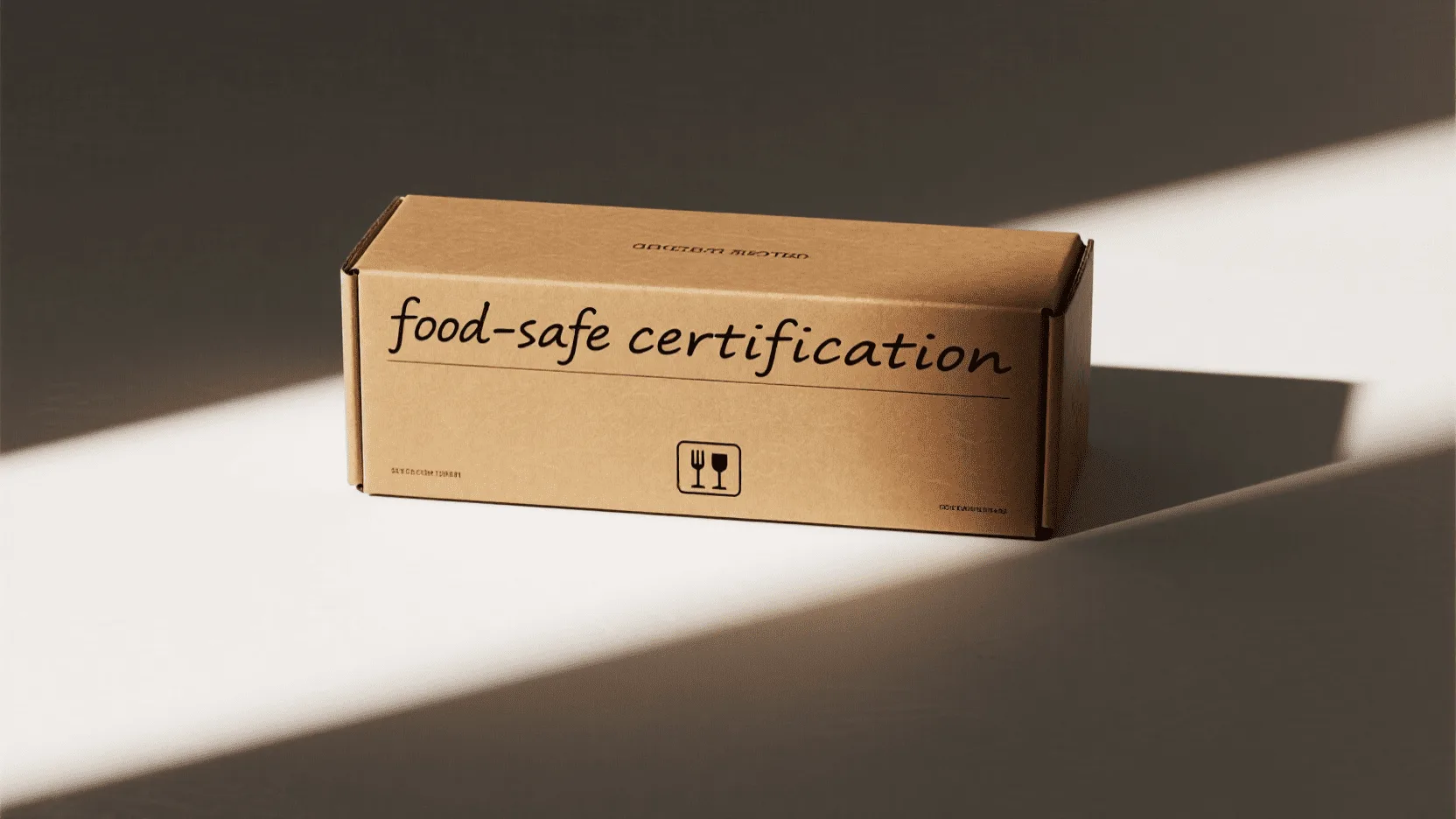
This is a non-negotiable part of my business. When a client asks for a food box, the first thing my team confirms is that every component—the paperboard, the ink, the adhesives, and especially the coating—is certified food-grade. "Food-grade" isn’t just marketing language; it’s a technical standard. It means the material has undergone rigorous testing to ensure it’s safe for direct contact with food. For instance, the U.S. Food and Drug Administration (FDA) has a comprehensive list of substances that are approved for use in food contact materials Source: FDA. In Europe, the standards from the European Food Safety Authority (EFSA) are equally strict. We demand documentation from our raw material suppliers for every batch. This protects our clients from legal trouble and, more importantly, protects their customers. Never partner with a packaging supplier who cannot readily provide proof of food-grade compliance for every element of your box. The risk is simply too high.
What "Food-Grade" Really Means
The term certifies that a material is safe for direct human consumption or for direct contact with food products. This involves testing for:
- Chemical Migration1: Ensuring no harmful chemicals from the packaging leach into the food.
- Material Purity2: Confirming the absence of toxins, dyes, or recycled materials that are not approved for food contact.
- Traceability: The ability to trace all materials back to their source, ensuring accountability in the supply chain.
Is Your ‘Eco-Friendly’ Baking Box Actually Recyclable?
You proudly market your packaging as "eco-friendly" because it’s made from paper. But you’re unaware that the grease-resistant coating you chose might make the entire box non-recyclable, sending it straight to a landfill.
It depends entirely on the coating. While PLA-coated boxes are compostable and aqueous-coated boxes are recyclable with paper, traditional PE-coated boxes contaminate the paper recycling stream and are often rejected by recycling facilities.
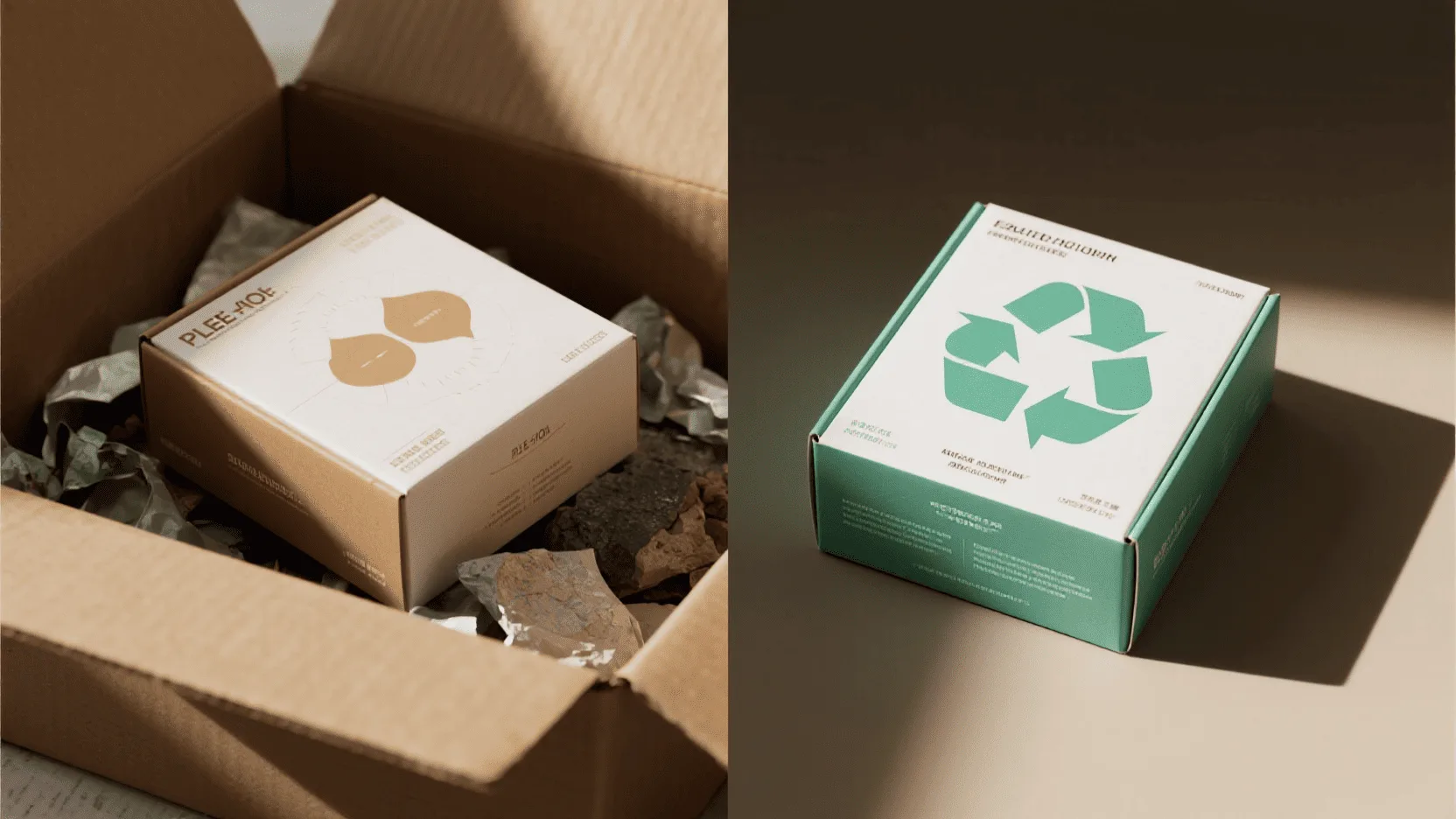
The biggest disconnect I see in the industry is between a brand’s sustainability goals and the technical reality of their packaging. Many clients ask for a "recyclable" box that can also hold a greasy pastry. This is where the trade-off conversation begins. For decades, the answer was a PE-coated box. It worked perfectly, but it’s a composite material—plastic fused to paper. Most standard paper mills can’t separate these layers, so the entire box ends up in the landfill. It’s a classic case of "greenwashing" if you’re not careful. This is why PLA and aqueous coatings have become so important. A PLA-coated box can’t go in your home recycling bin, but it can be sent to an industrial composting facility to break down into soil. An aqueous-coated box is the ideal for a circular economy, as it can be tossed right into the paper recycling bin. As a manufacturer, I feel it’s my duty to explain these end-of-life scenarios clearly so my clients can make an informed choice that truly aligns with their brand’s values.
The Challenge of Mixed Materials
Recycling facilities rely on clean streams of a single material type. When paper is mixed with plastic that cannot be easily separated (like PE), it’s considered a contaminant and is often filtered out and sent to landfill.
End-of-Life Scenarios
Understanding the destination of your packaging is key. Is it designed for a recycling facility1, an industrial composter, or a landfill? This should be a primary factor in your decision-making process.
| Coating Type | End-of-Life Path | Consumer Action Required | Environmental Impact |
|---|---|---|---|
| Polyethylene (PE) | Landfill | Place in trash | Negative (contributes to landfill waste) |
| Polylactic Acid (PLA) | Industrial Composting | Find a local commercial composter | Positive (if composted correctly) |
| Aqueous | Paper Recycling | Place in standard recycling bin | Positive (supports circular economy) |
Conclusion
Choosing the right food-safe coating is a critical decision that balances product protection, legal compliance, and environmental responsibility. Understanding the trade-offs between different barrier options ensures your packaging performs flawlessly, keeps your customers safe, and genuinely reflects your brand’s commitment to sustainability.
Ready to find the perfect coating for your baking boxes? Explore our food packaging solutions or contact our experts for a consultation.
FAQ
What is the most popular food-safe coating for bakeries right now?
While PE coatings are still widely used for their low cost and high performance, there is a massive shift toward aqueous (water-based) coatings. Bakeries and food brands are prioritizing recyclability to meet consumer demand for sustainable packaging.
Are there any completely plastic-free barrier coating options?
Yes. Aqueous coatings are considered plastic-free as they are water-based polymer dispersions that do not create a separate plastic layer. This allows the paper box to be recycled easily within the standard paper waste stream.
How does the coating affect the final look and feel of the box?
Coatings can have a significant impact on aesthetics. PE coatings typically provide a glossy finish. PLA has a slightly waxy feel with a semi-gloss look. Aqueous coatings are very versatile and can be formulated to provide a matte, satin, or gloss finish, allowing for more brand customization.
Can I get samples of boxes with different coatings to test with my products?
Absolutely. We strongly recommend testing samples. This allows you to see firsthand how each coating holds up against the specific grease and moisture content of your products before committing to a large production run.

